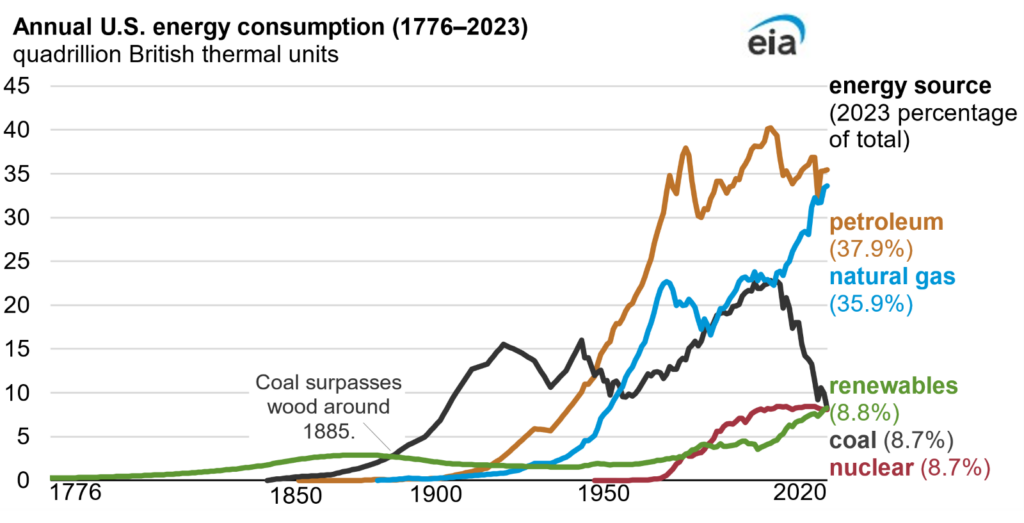Steady as She Goes: AGA Experts Expect Stable and Relatively Low Winter Heating Bills
As winter approaches, natural gas customers should rest assured that their heating bills are expected to remain stable and relatively low. That’s according to American Gas Association’s Winter Heating Outlook, which found that storage inventories of natural gas are near all-time highs and America’s natural gas utilities are well prepared to meet customer demand this winter.
This winter is expected to be about five percent colder than last year, and so demand for residential natural gas use is expected to be high as Americans reach for the thermostat. Despite that, natural gas customers should see winter energy bills approximately the same as last year and 16 percent lower than two years ago under similar weather conditions.
Low and stable bills are driven by lower natural gas commodity prices and by natural gas utility strategic planning. The Shale Revolution has given the United States some of the world’s lowest natural gas prices thanks to an abundant supply of domestic natural gas. That means that American natural gas commodity prices are currently between $2 and $3 per MMBtu of gas, while buyers in Europe and Asia are obliged to pay between $13 and $14 per MMBtu. On top of these low commodity prices, utilities make use of a number of hedging strategies that include physically storing natural gas for use when needed as well as a variety of financial instruments and medium-term contracts to ensure price stability. Because of these factors, Americans who heat with natural gas can expect to save hundreds of dollars compared to their counterparts that heat with electricity, propane, or fuel oil.
America is also relying more on natural gas than ever before. Demand has continued to grow as electric utilities have relied on natural gas to replace coal. For a sense of how critical natural gas has become to the U.S. energy system, check out the graph below from the United States Energy Information Administration (EIA).

Leaving aside petroleum, which is primarily used for vehicles, natural gas is by far the most important source of energy in the United States today, accounting for more than 43 percent of U.S. power generation. In addition to record-breaking demand for American consumption, exports of natural gas have continued to grow as the United States works to help ensure our allies abroad have a reliable source of energy when needed. Production has grown to meet this surging demand, with 37.8 trillion cubic feet (Tcf) of American natural gas produced in 2023 and 32.6 Tcf consumed. The balance has gone to exports or to fill storage inventories, providing valuable cushion for customers in the event of a colder than anticipated winter.
The demand for natural gas is poised to keep growing. America is reindustrializing as companies reshore production to secure supply chains and build out new industries, and the new factories springing up across the country need low-cost reliable energy. AI data centers are springing up at a rate that no one could have foreseen even five years ago, and consuming mindboggling amounts of power. Supplies this winter are strong because American production of natural gas remains strong enough to put storage inventories of natural gas will above the five-year average, and about 9.2% higher than this time last year. As demand continues to grow however, we must boost natural gas production and build the infrastructure to transport it from the wellhead to homes, businesses, factories, powerplants, hospitals, and all the other places where it fuels modern life.
